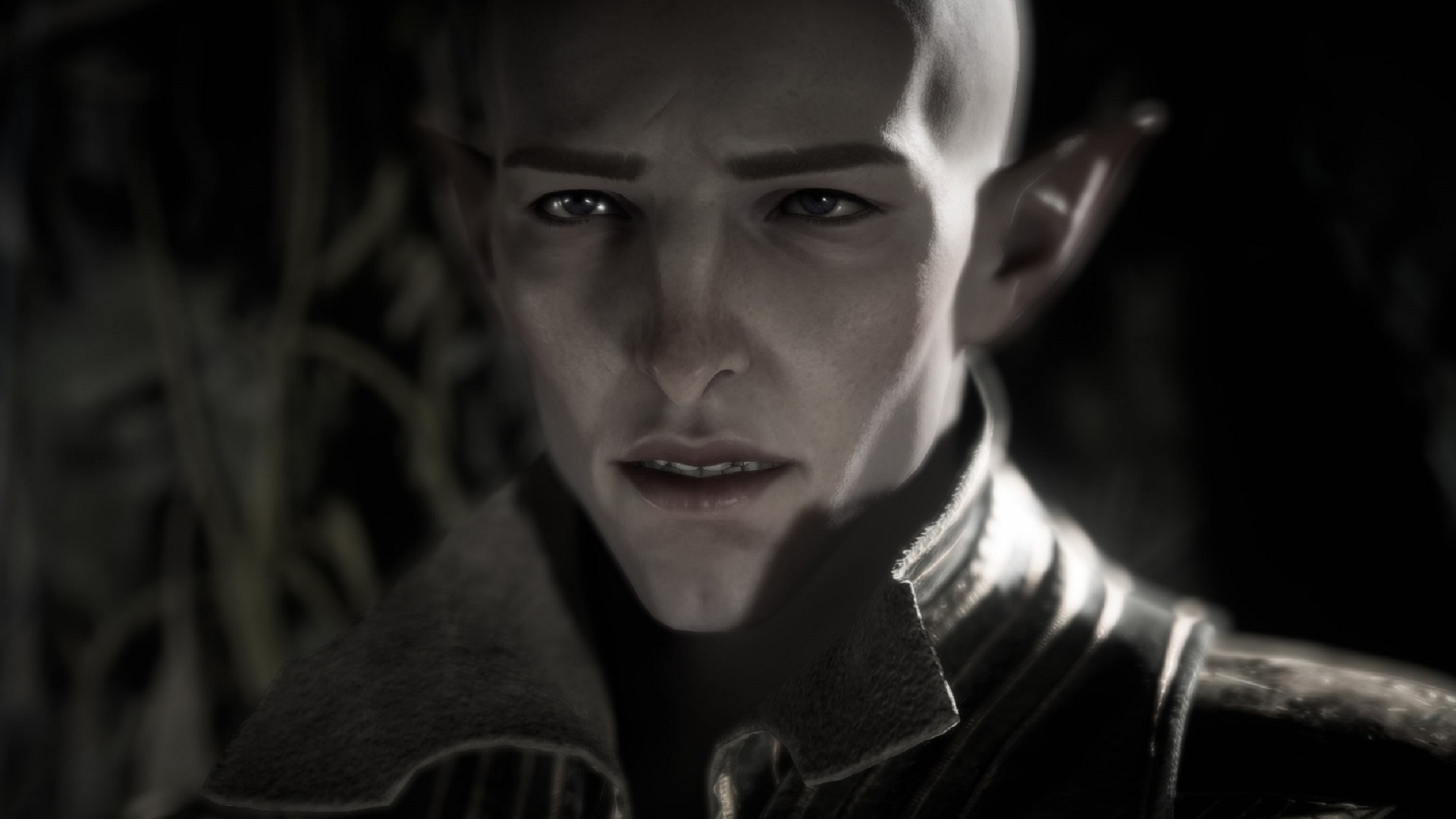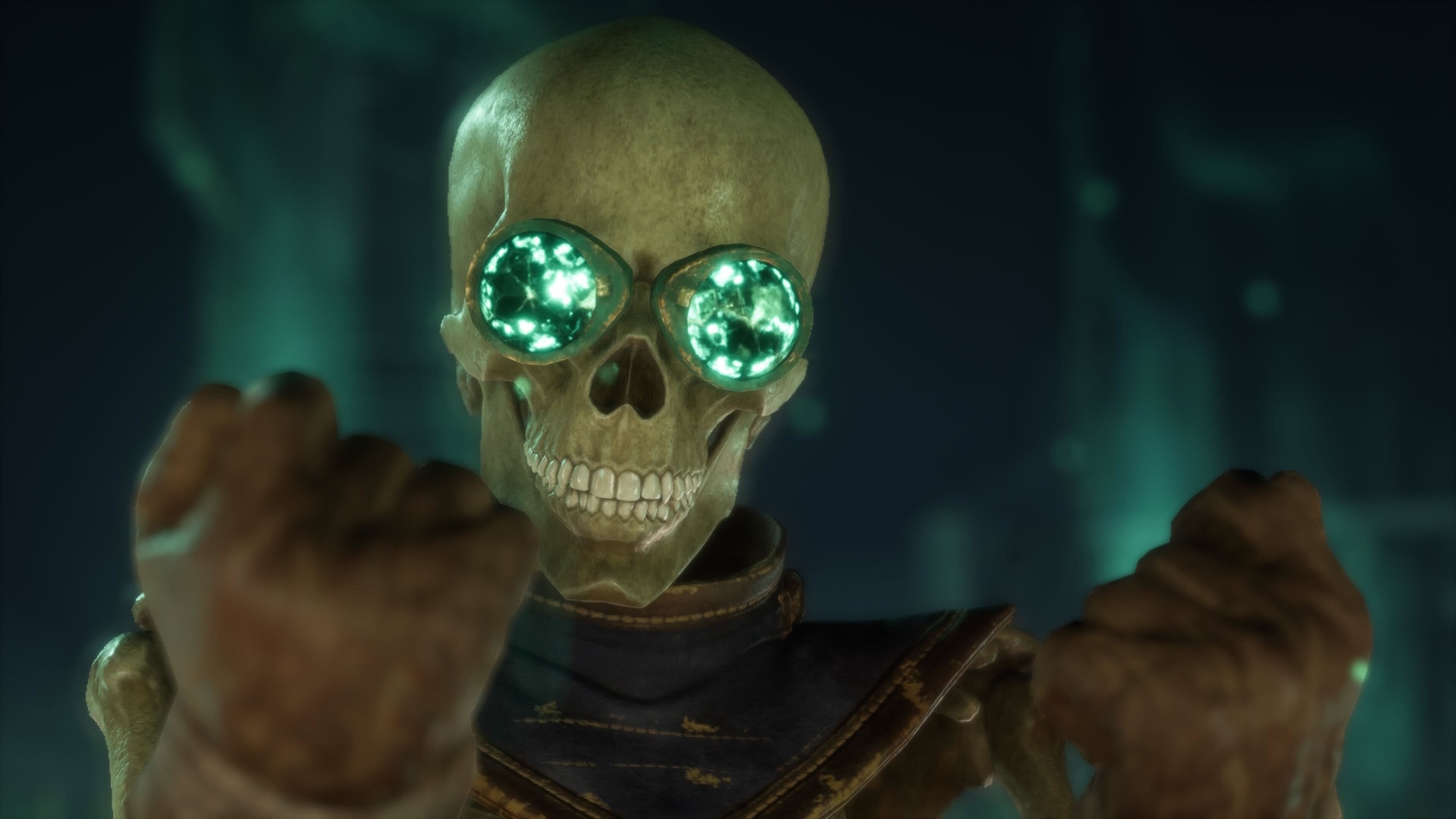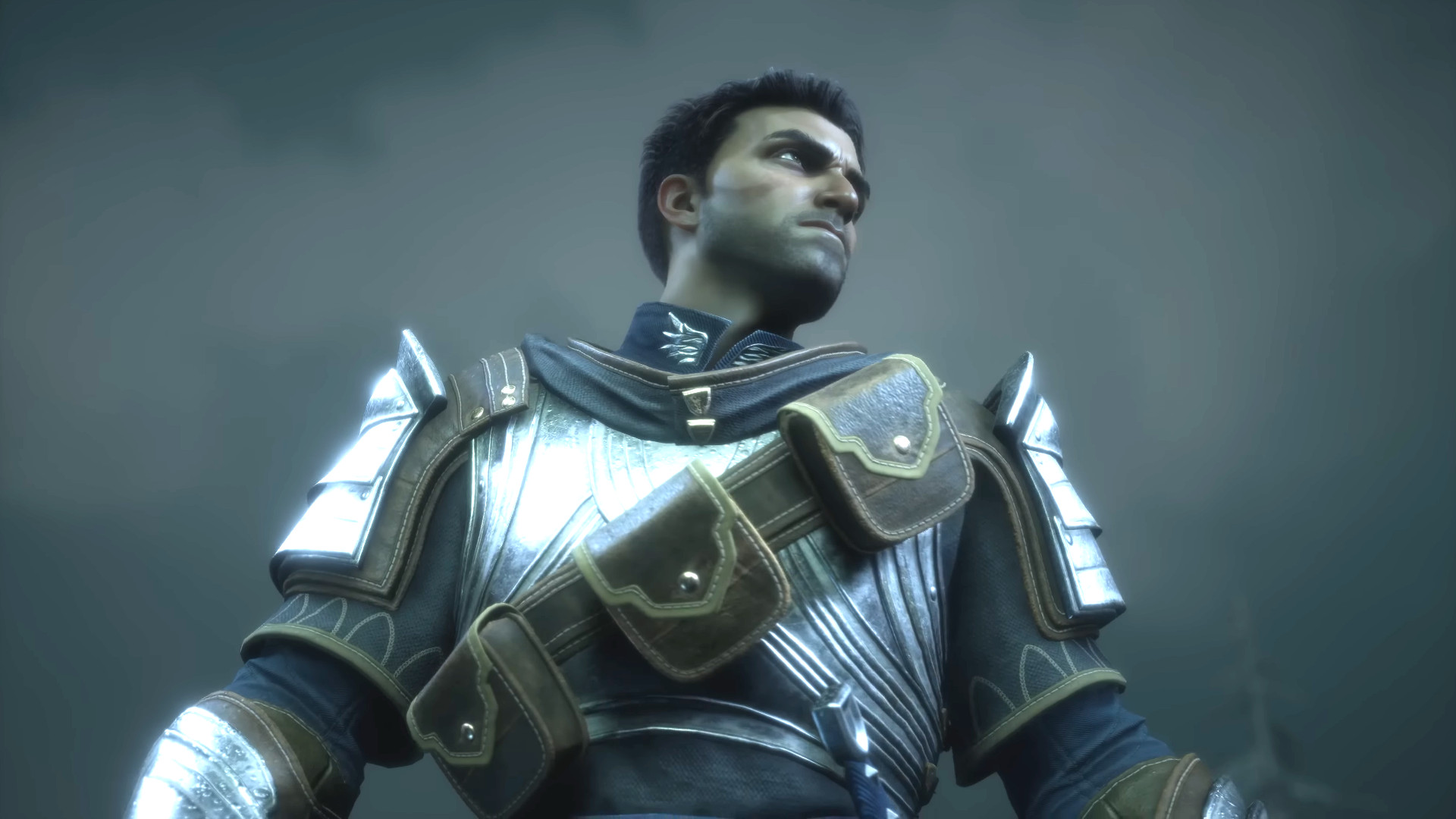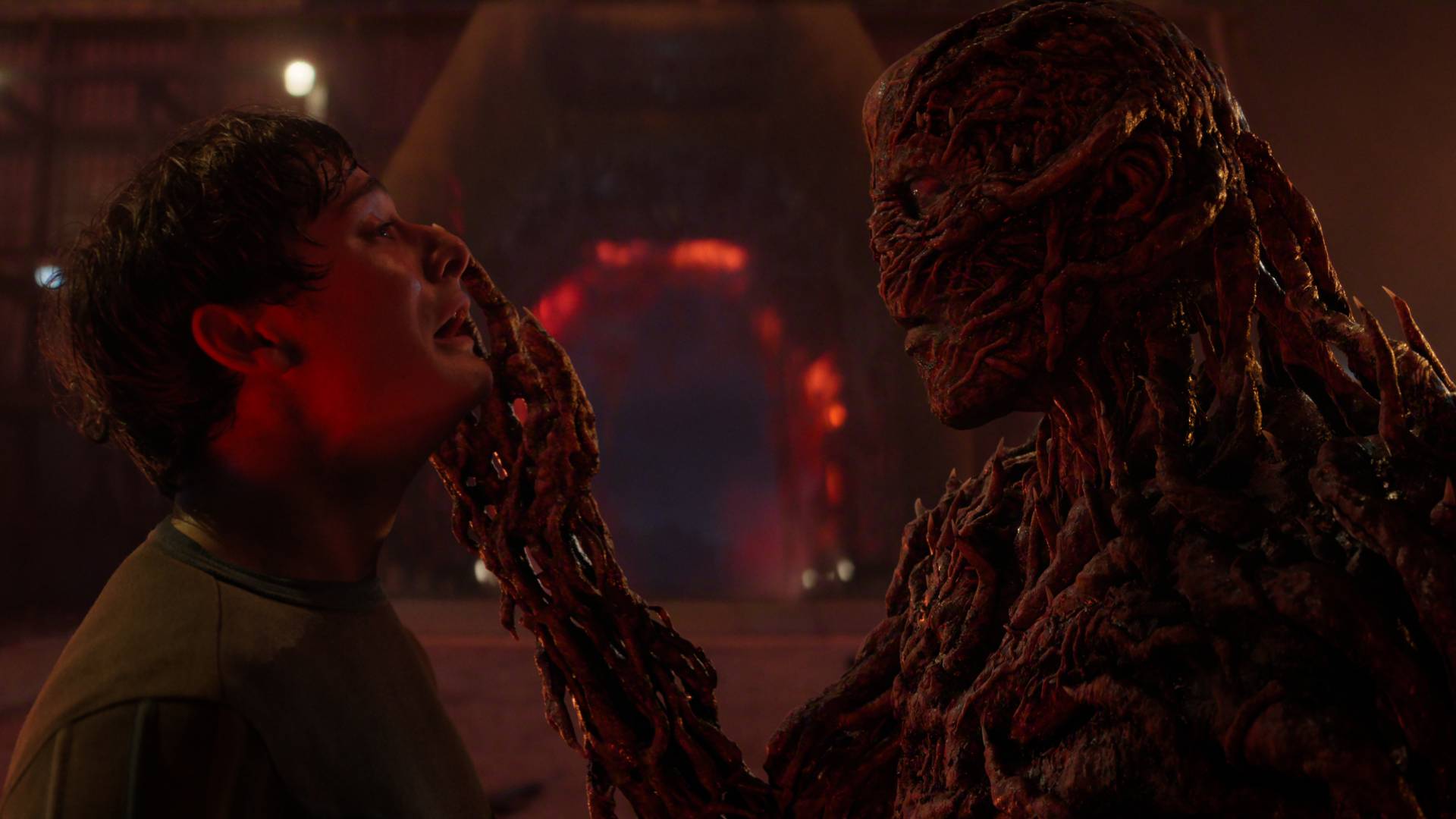Even after EA let Dragon Age: The Veilguard out of multiplayer hell, BioWare reportedly still had to rush to target "as wide a market as possible," which feels like the opposite approach of great RPGs

In a new report chronicling the production turmoil that saw Dragon Age: The Veilguard rebooted, repeatedly delayed, renamed, and plenty more, Bloomberg's Jason Schreier notes that the format pivot at the root of the game's greatest troubles, the IP's fraught journey from single player to multiplayer and back again, saw EA give BioWare "a year and a half" to fundamentally overhaul the game and "aim for as wide a market as possible."
The report cites interviews from nearly two dozen BioWare employees, including some former employees speaking on the record, like ex-Dragon Age lead writer David Gaider. It's suggested that, after finally escaping the multiplayer hell that EA had locked the studio in in its hasty pursuit of the live service dragon, BioWare never had the space or resources to properly reassess what this new Dragon Age game would look like and how it would need to be made.
"The development team would make decisions believing that they had less than a year to release the game, which severely limited the stories they could tell and the world they could build," Schreier writes. Once those elements were locked in, it seems minor delays simply prolonged the suffering, giving folks just enough time to realize they could've done more, but not enough time to actually do more.

The unrealistic turnaround already puts one elephant in the room, and the room truly overflows with trunks and tusks with the double whammy of EA's expectations.
When Dragon Age: The Veilguard sales missed the company's targets by "nearly 50%," EA CEO Andrew Wilson lamented that the game "did not resonate with a broad enough audience in this highly competitive market."
This assessment seemed to downplay the issues and criticisms raised by plenty of diehard Dragon Age players – the people who made the previous games in the series a success, and by rights the people who EA and BioWare should have focused on – and simultaneously imply that the solution could have been to somehow go broader. Attract more groups of people, appeal to more audiences, and – let's just say the quiet part out loud – perhaps, maybe, possibly add in some of those evergreen live service elements that we crowbarred in, hacksawed out, and will still apparently hold against you.
BioWare already barely managed to stretch a twin-sized bedsheet over a queen-sized mattress, and here comes EA rolling in a California King. This tight production timeline, coupled with a foolhardy pursuit of broad appeal for a series with historically niche appeal but a loyal following, suggests EA never really knew what it had with Dragon Age: The Veilguard, let alone how to make the most of it.
Weekly digests, tales from the communities you love, and more

Wilson mentions a "highly competitive market," but EA didn't seem to realize that it was competing in the RPG market, a market that has seen chart-topping, industry-dominating, award-hoovering hits year after year after year. Those successful games, Baldur's Gate 3 and Clair Obscur: Expedition 33, and boy, maybe EA should've just put a 3 in the title for good luck, went all-in on a very specific roleplaying vision. And it worked!
But instead of an RPG that was always built to be an RPG, as involved and reactive and crunchy as possible, EA entered this highly competitive market with an RPG that had some of the roleplaying, and arguably some of what made Dragon Age what it was, power-washed off in pursuit of broad appeal. Which is no surprise coming from a game that was incubated as a multiplayer project and then hastily brought back to reality after reality deigned to strike EA between the eyes.
Sizing up the breakout success of Baldur's Gate 3 and Clair Obscur: Expedition 33, Gaider told me last month that these RPGs demonstrate what's possible when you do commit to that core RPG audience – an audience, Gaider said, that EA would historically describe as one you "didn't have to try and appeal to" because the RPG fans in their nerd cave would show up regardless. His comments seem especially relevant in the context of this new report.
"The sales for BG3 were amazing," Gaider said, "and kind of make a lie out of – I remember when I was at EA, there was a lot of investigation into how large is the RPG audience, and how large is the action audience, and so forth. And they would have an estimate, and they'd say it caps out, oh, the RPG audience caps out at about 5 million. But that doesn't seem to be true when the game is good."
"I think there's such a thing as expanding the audience, as opposed to treating the audience as this finite number of people, right?" Gaider added. "And I think that's what Expedition 33 really does. I think it manages to take the elements of JRPGs – and I don't think it's doing a lot of new things, honestly. It's taking a number of more recent trends and kind of bundling them up in an interesting way that I think makes it very accessible to people who normally wouldn't play JRPGs. And does that with fully mocapped animations that are really high quality."

In fairness, as EA also noted in its elephant-saddled assessment, the critical response to The Veilguard was actually quite good. Our own Dragon Age: The Veilguard review gives it nearly full marks, praising its companions, combat, and lore. But even our resident Dragon Age head Rollin clocked "few meaningful inflection points" where your choices mattered in the big picture, and this kind of thing seems to have been a much bigger issue for many fans. The version of Dragon Age: The Veilguard we got wasn't so much made as it was salvaged, and its immensely polarized user reviews – 69% across over 37,000 reviews on Steam alone – speak for themselves.
"When you have a publisher hanging over your head, they're looking for very specific things," Gaider also said. "They want mass appeal. They don't care about appealing very, very strongly to a specific audience. They want mass appeal. They want to feel comfortable, de-risk it by imagining how the appeal translates to many different kinds of audiences, which I think often kind of ends up diluting the very specific things a game can do. Like I said, what BG3 did and what Expedition does is, yes, they appeal very, very strongly to that one audience, but it's so strong that it ends up growing that audience. And I think that's the part where publishers could really struggle."

Austin has been a game journalist for 12 years, having freelanced for the likes of PC Gamer, Eurogamer, IGN, Sports Illustrated, and more while finishing his journalism degree. He's been with GamesRadar+ since 2019. They've yet to realize his position is a cover for his career-spanning Destiny column, and he's kept the ruse going with a lot of news and the occasional feature, all while playing as many roguelikes as possible.
You must confirm your public display name before commenting
Please logout and then login again, you will then be prompted to enter your display name.


